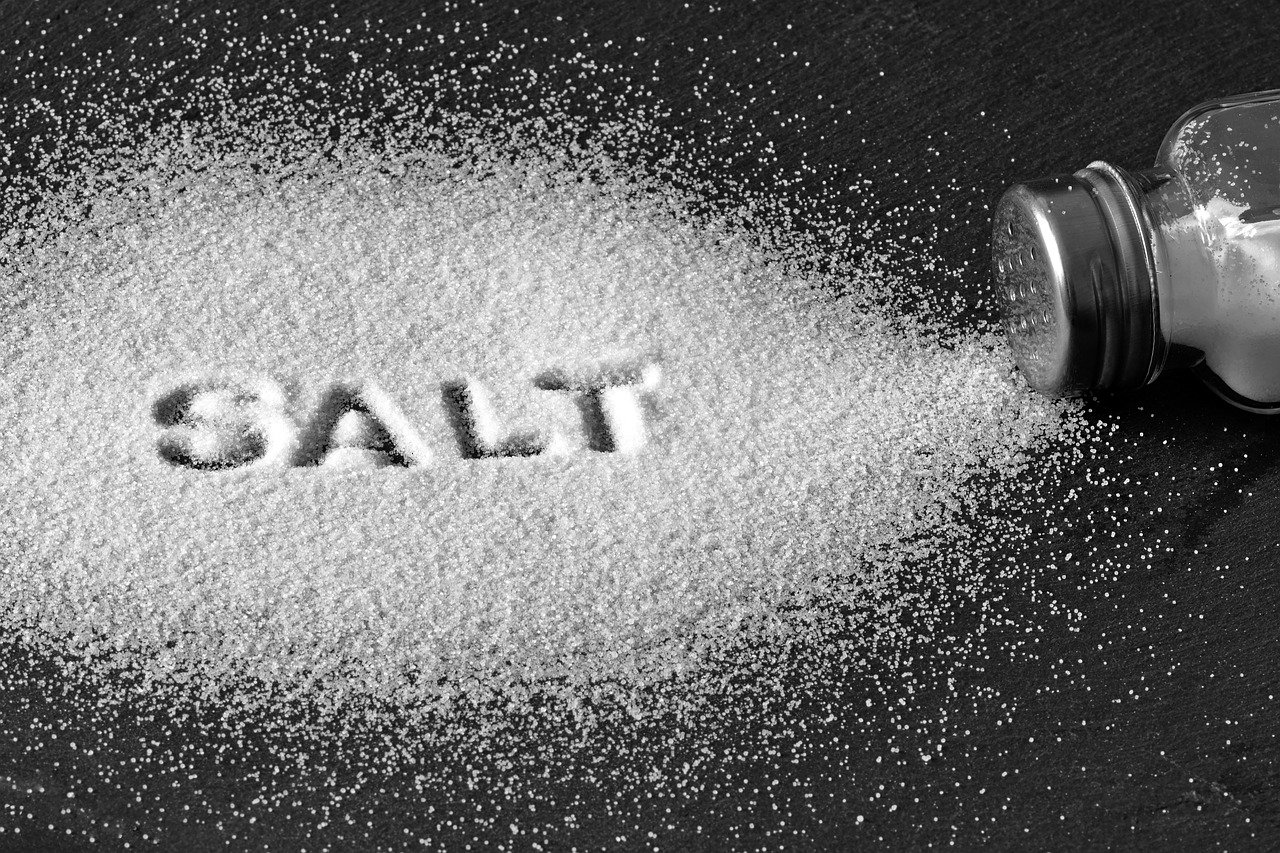As an essential commodity, salt once played a significant role in the economy and culture of many of today’s civilizations. It was so valuable that it was called “white gold.” To this day, the mineral is one of the most popular and widely used spices in the world. Even in cakes, a pinch is essential for a well-rounded taste. Nevertheless, people are still advised to eat less salt.
The World Health Organization (WHO) has long warned against excessive crystal consumption. The WHO recommends that adults consume no more than two grams of sodium per day—the crystal consumption spoon of salt. However, this doesn’t just mean seasoning or salting when cooking: salt is found in all conventional foods such as bread, dairy products, cheese and meat.
What happens when you eat less salt?
Reducing consumption positively affects health: after just a few weeks, blood pressure is lowered, water retention in the body is reduced, and kidney function improves after a few months. In the long term, the risk of cardiovascular disease and stroke is minimized.
Avoid salt altogether?
However, it is almost impossible to avoid salt entirely, and it is also not recommended. Our body needs salt. It helps to regulate the body’s water balance and ensures that fluids in the cells and blood remain in a balanced ratio. Sodium is also crucial for communication between nerve cells and muscles. A balance between sodium and other electrolytes, such as potassium, is vital for stable blood pressure.
Equally important is the essential trace element iodine, which is necessary for the health of the thyroid gland and the production of thyroid hormones, which are crucial for metabolism. In many countries, including Germany, table salt is enriched with iodine to prevent iodine deficiency.
Anyone who consumes too little salt, i.e., electrolytes, and is active or sweating simultaneously will experience circulatory problems. Hyponatremia, i.e., a low sodium level in the blood, can lead to confusion, seizures and possibly even death.
- source: freizeit.at/picture: pixabay.com
This post has already been read 8889 times!



